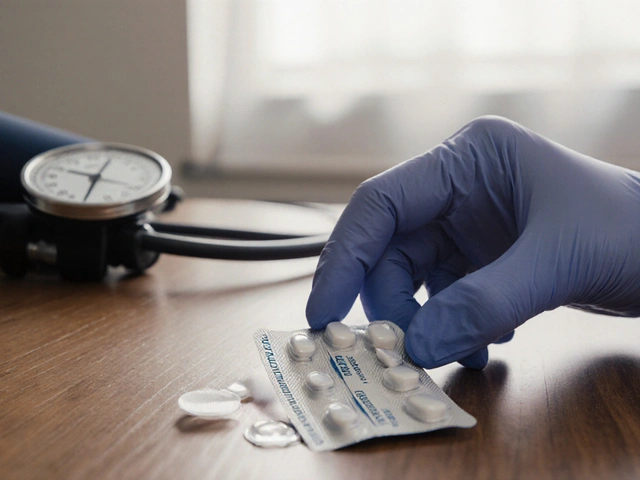Antibiotics: What They Are, How They Work, and Safe Buying Tips
Antibiotics are medicines that fight bacterial infections. They don’t work on viruses, so using them for a cold won’t help. Knowing the basics can save you from side‑effects and make your treatment faster.
How Antibiotics Work
Each antibiotic attacks bacteria in a specific way. Some stop bacteria from building cell walls, others mess with protein production. For example, Cephalexin blocks cell‑wall formation, while Flagyl ER (metronidazole) disrupts DNA in certain bacteria.
Because they target different parts of the bug, doctors choose a drug based on the infection’s location and the bacteria’s type. That’s why you might hear about a “broad‑spectrum” antibiotic—one that works on many bacteria—versus a “narrow‑spectrum” drug that’s more precise.
Choosing the Right Antibiotic Safely
First, get a prescription. Even if you think you’ve had the infection before, a doctor can confirm the exact bacteria and avoid resistance. If you’re buying online, check that the pharmacy is licensed, requires a prescription, and lists a physical address.
Look at the medication’s safety profile. Common side‑effects include stomach upset, diarrhea, and sometimes a rash. If you notice severe symptoms, stop the drug and call your doctor right away.
Our site has a few handy guides you might want to read:
- Flagyl ER: Uses, Side Effects, and What to Expect – a quick look at this antibiotic’s benefits and risks.
- Where and How to Safely Buy Cephalexin Online in 2025 – step‑by‑step tips for ordering without scams.
- Lasix vs Torsemide: Key Differences for CHF and Edema Patients – not an antibiotic but a useful comparison for related meds.
When you get your prescription, follow the dosage exactly. Skipping doses or stopping early can let bacteria survive and become resistant. Finish the whole course, even if you feel better halfway through.
If you’re unsure about any interaction—say you’re also taking blood thinners like warfarin—talk to your pharmacist. Some antibiotics can make blood thinner too strong, which could cause bleeding.
In short, antibiotics are powerful tools when used correctly. Get a proper prescription, verify the online pharmacy, follow the dosing schedule, and watch for side‑effects. Doing these simple things keeps you healthy and helps keep bacteria from outsmarting us.






